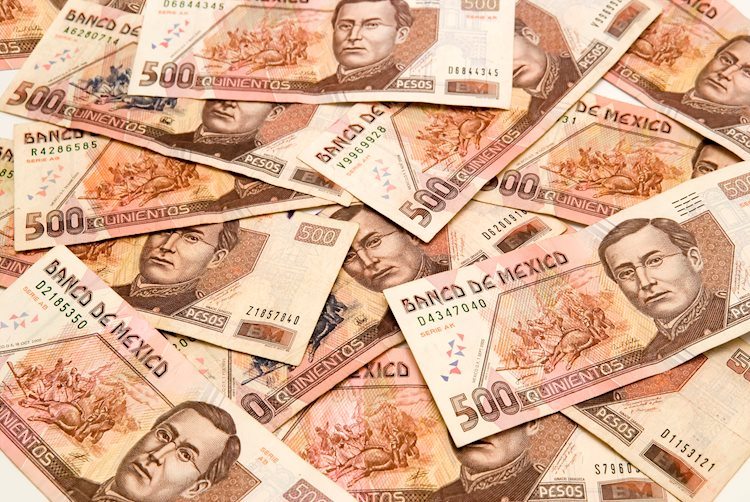The Mexican Peso has been on a downward trend for three consecutive days, with increasing risk aversion contributing to its weakening. Despite the Federal Reserve’s recent rate cut, the Peso has not been able to capitalize on this decision. The USD/MXN pair remains strong at 19.38, indicating gains of over 0.42%.
The Fed Governor Christopher Waller supported the recent 50 basis points rate cut, citing easing inflation and hinting at further cuts if labor conditions deteriorate. Meanwhile, traders are awaiting next week’s data, including the release of Economic Activity, Retail Sales, inflation data, and the Bank of Mexico (Banxico) monetary policy decision.
The impact of overhauling Mexico’s judicial system is yet to be fully felt, with reforms potentially affecting the country’s creditworthiness in the long term. The Fed’s decision to lower rates by 50 basis points was justified by progress on inflation moving toward their 2% goal, with a focus now shifting to the labor market.
From a technical perspective, the USD/MXN exchange rate is upwardly biased despite retreating from around 20.00. Momentum has shifted bullishly, and if the rate climbs above 19.50, the next resistance level would be at 20.00. Conversely, if it drops below 19.06, further losses could be seen, with the next support levels at 19.00 and 18.59.
The Mexican Peso (MXN) is influenced by various factors, including the performance of the Mexican economy, central bank policy, foreign investment, and remittances. Additionally, geopolitical trends, nearshoring decisions, and oil prices also impact the MXN’s value. Banxico’s main objective is to maintain low and stable inflation levels, with interest rate adjustments used to achieve this goal.
Macro-economic data releases play a crucial role in assessing the state of the Mexican economy and can affect the MXN’s valuation. A strong economy with high growth, low unemployment, and confidence levels is positive for the Peso, attracting foreign investment and potentially leading to interest rate hikes. As an emerging-market currency, the Mexican Peso tends to perform well during risk-on periods and weaken during times of market turbulence and uncertainty.






























